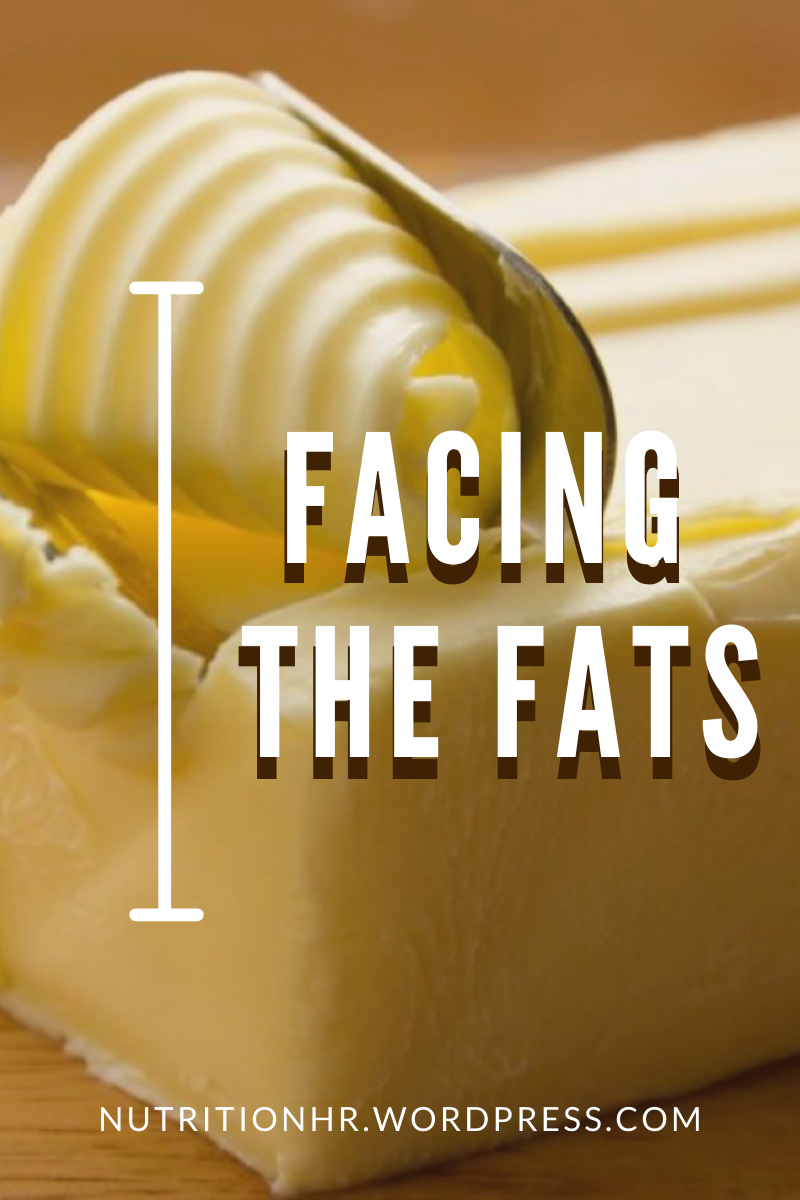
New year, new me? Dieting in January
Today’s article is written by the lovely Lucy Jade who is a recently registered associate nutritionist. Lucy stands out to me as a nutrition champion because of her values and impactful nutrition science communication which busts dieting myths and addresses nutrition stereotypes.
Lucy graduated in September 2019 with a first class degree in Applied Food and Nutrition from University College Birmingham, and has interest in weight management, busting diet culture myths and helping to promote sustainable, evidence based strategies to improve health and wellbeing. She works for Healthy Lifestyles in Coventry as a weight management advisor helping those that have health issues such as a high cholesterol or pre-diabetes to improve their diet and lose weight to help them. AND she’s the founder of the Nutrition Graduate group (which you know I rave on about) that helps to support those that have graduated nutrition with careers, CPD, networking and other support.
You can find Lucy Jade on Instagram at @lucyjade_nutrition and Twitter as lucyj_nutrition. While the Nutrition Graduates group can be found on Facebook, Instagram and their new website!
January is the time of year where it seems like the whole world wants to go on a diet. December is such an indulgent month of Christmas chocolates, meals out and parties, meaning that we are more likely to be consuming more, therefore leading to some weight gain. But the media has made us believe that in January we all have to go on diets, detoxes and nutritional resets to ‘fix’ this. But we really don’t.
Read More »New year, new me? Dieting in January


